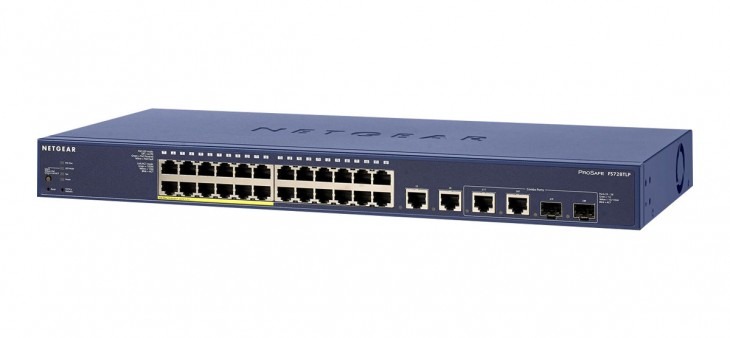
Confused by the labyrinth of network switches? Fear not! This guide unravels the mysteries, explaining how these silent heroes orchestrate seamless data flow, boosting network efficiency and security. Dive in and unlock the secrets of switching!
Key Takeaways:
- Network traffic conductors: Ethernet switches direct data packets to specific devices, eliminating wasteful broadcasts and optimizing network performance.
- Enhanced security: Switches safeguard your network by isolating devices and preventing unauthorized access.
- Variety is key: Choose from managed switches for granular control or unmanaged switches for plug-and-play simplicity.
Q: How does an Ethernet/Network switch work?
A: Connects devices: Think of it as a multi-lane highway for your devices. Knows your devices: It learns the unique ID (MAC address) of each device connected to it. Routes traffic smartly: When a device sends data, the switch checks the address and directs it only to the intended recipient, not everyone on the network. This keeps things fast and efficient.
Q: What is the main function of an Ethernet switch?
A: An Ethernet switch efficiently manages data flow on a network by sending data packets directly to their intended recipients, instead of broadcasting them to all devices. This improves network performance and security.
Our range of state-of-the-art network switches will deliver the connectivity required for seamless and strong communication between your networked devices.
What are Network/Ethernet Switches?
Ethernet switches physically connect devices on a computer network. They regulate data flow through the network by performing packet switching. A network switch will only broadcast a message to the device that requests or needs it. Each device connected to a network switch can be identified using a MAC address. As the Ethernet switch manages data traffic, the network’s security and performance are enhanced. Managed network switches are linked in the Ethernet LAN, connecting individual segments while providing a range of configurable features. Switches that route packets are often referred to as multilayer switches.
A network Ethernet switch is a device used to connect multiple devices on a local area network (LAN). It operates at the data link layer of the OSI (Open Systems Interconnection) model and is designed to facilitate communication and data transfer among connected devices. Unlike hubs, switches can selectively forward data to the appropriate device rather than broadcasting it to all connected devices. Ethernet switches are available in various types and with different features, including managed and unmanaged switches, PoE (Power over Ethernet) switches, and modular switches, among others.
Packet Switching
Designed for data transmission, packet switching is a network technology that divides a message into smaller units, called packets, for broadcasting to a destination. Since all of the packets contain the destination address, they can be routed along different network paths in response to traffic conditions. Network switches and routers can determine the optimal method for each data packet to travel from its source to a destination point. Then, a destination device will reassemble the packets in the proper sequence to recreate the original message. Packet-switching networks are used for voice and video applications. They are associated with a number of WAN technologies.
Switching Hubs Balance Loads
Switches may also be referred to as switching hubs or port-switching hubs. A conventional hub will transmit every packet to every port, based on the address. In contrast, a switching hub broadcasts individual packets only to the required port. This leads to improved network performance. Port-switching devices can also offer the benefit of load balancing for better traffic management.
FAQ
What Is The Difference Between A Managed And An Unmanaged Switch
Unmanaged, Smart, or Fully Managed Switches – Which is Right for you?
Comms Express customer specialists have information on the leading router and switch technologies for in-demand applications.
Related Links
Top 10 Best Selling Network Switches
